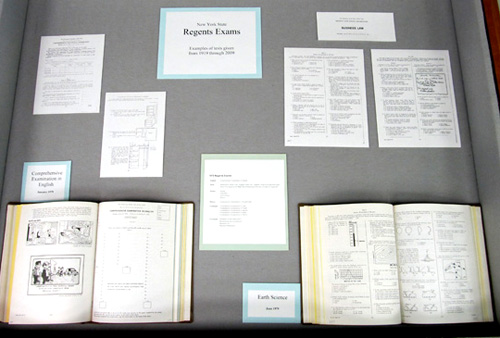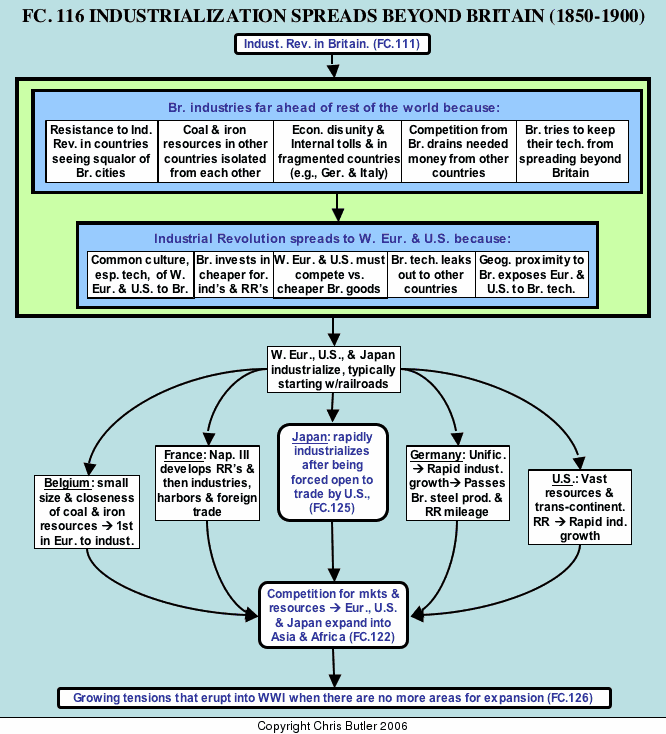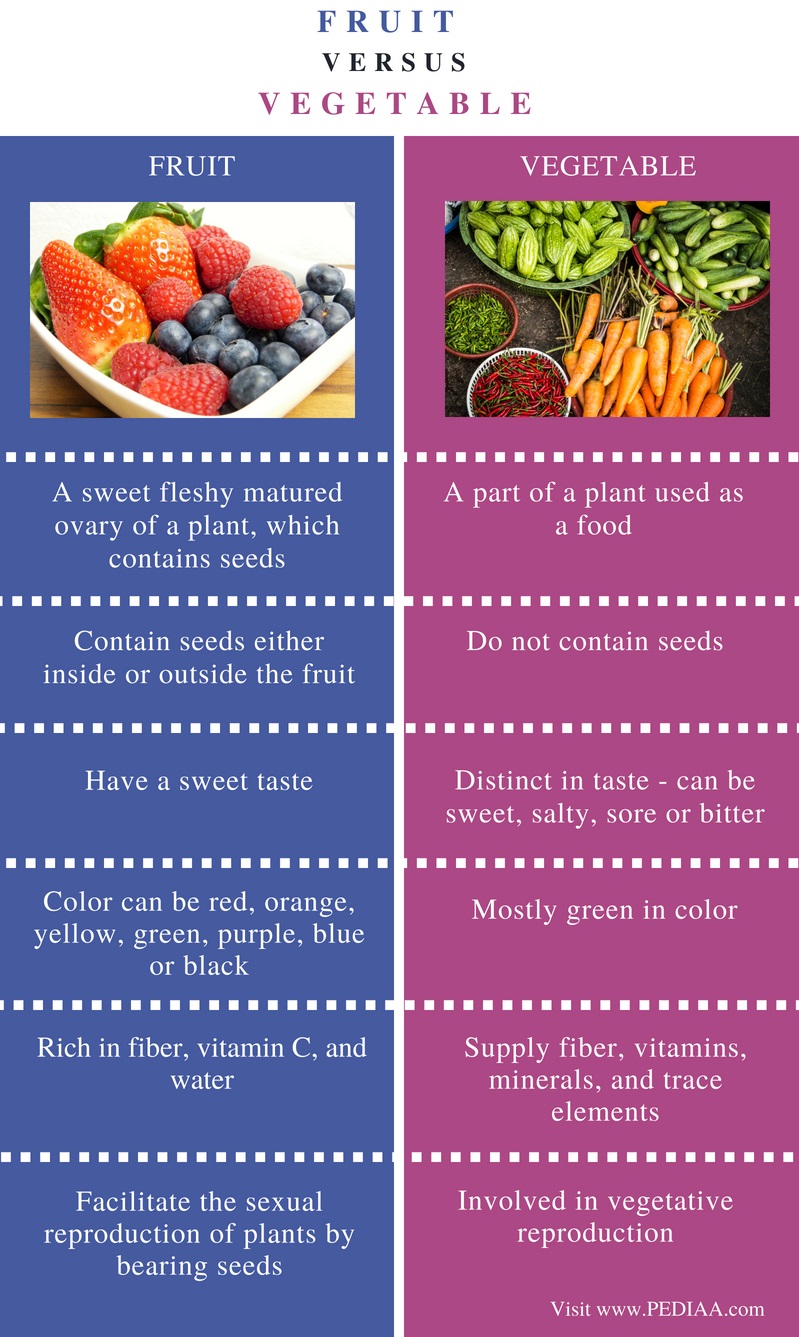Cnidaria: Features, Habitat and Its Classification.
Gonionemus Gonionemus, genus of small marine hydrozoans (order Limnomedusae, phylum Cnidaria). The conspicuous jellyfish stage of Gonionemus species is bell-shaped and measures about 15 mm (0.6 inch) or more in diameter.Many parts of the myth suggest, through its basic obscurity, the tragic nature of Medusa. Even though the gifts that Medusa was given was the gift from Athena to Asclepius of two drops of Gorgon’s blood. One of the drops has the power to cure and even resurrect, while the other is poison.Medusa, the daughter of Phorcys and Ceto is a famous gorgon in Greek Mythology. Medusa, who represented female wisdom, was the eldest of two other Gorgon sisters, Stheino, who represented strength, and the last sister, Euryale as universality. Medusa was the mortal one of the sisters.
Medusa was found a new home in Greek mythology, and she differed considerably from her original, Libyan goddess persona. When Medusa became a mythological monster, she was not a monster in the beginning. She was born of the ancient sea gods Phorcys and Ceto.Gonionemus (dominantly medusae) is a type of cnidarian, also in class Hydrozoa. This organism has a velum, projection in the margin of the medusa. The velum concentrates water being expelled from under the medusa's oral surface, acting as a jet-propulsion system.

Overview: The hydroid Gonionemus vertens, commonly known as the Clinging Jellyfish, has a small, solitary polyp stage, but a conspicuous medusa stage.It is native to the North Pacific, from Vietnam to the Sea of Okhotsk in the Western Pacific, and Puget Sound to the Aleutian Islands in the Eastern Pacific.











